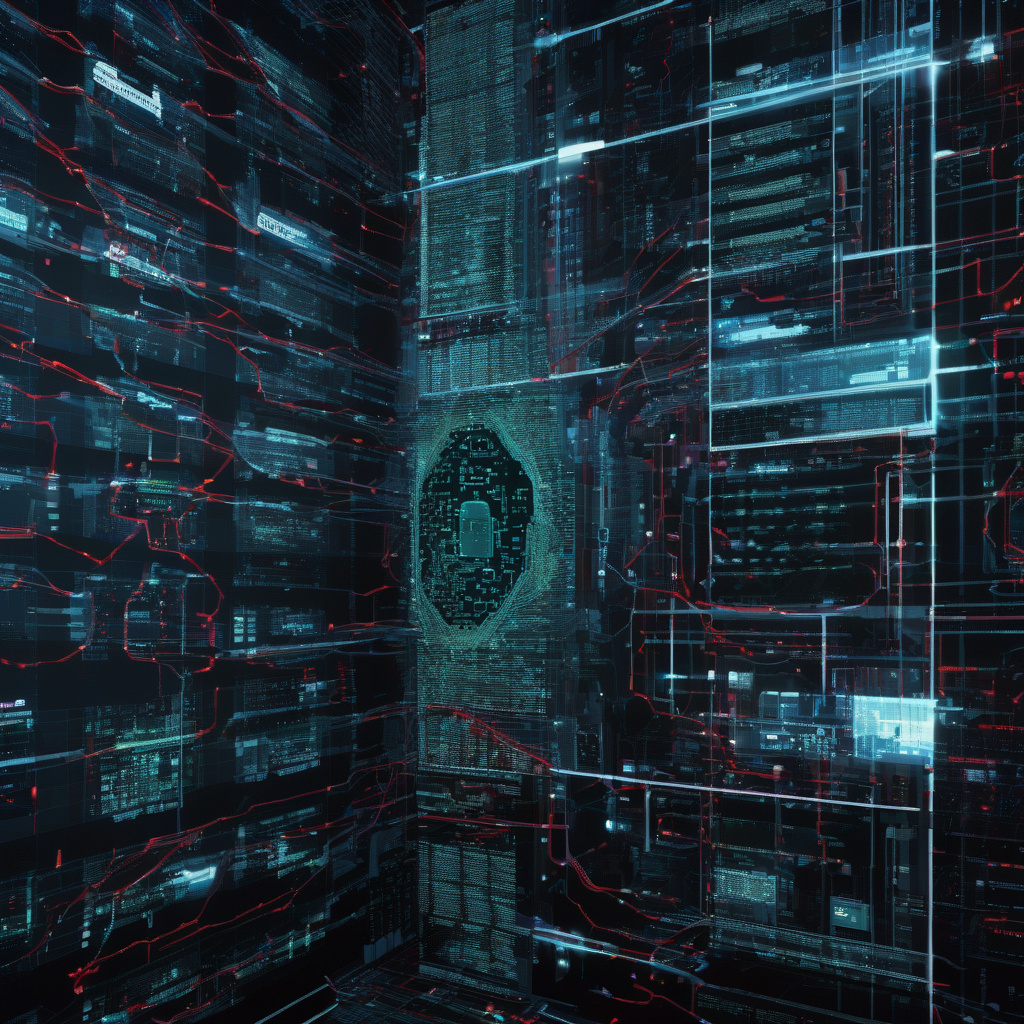From Infection to Access: A 24-Hour Timeline of a Modern Stealer Campaign
In the ever-evolving landscape of cyber threats, stealer malware has taken a sinister turn. No longer content with just pilfering passwords, these insidious programs have advanced to the point where they can now hijack live sessions. This alarming shift in capabilities has put both individuals and enterprises at risk, as attackers leverage these tools to move faster and more efficiently than ever before.
When we think of account takeovers, the image that often comes to mind is that of personal services being compromised. However, the true danger lies within the enterprise sector. Recent research conducted by Flare, titled “The Account and Session Takeover Economy,” sheds light on this growing menace. By analyzing over 20 million stealer logs, Flare has uncovered the alarming extent of attacker activity in this realm.
To understand the gravity of this threat, let’s take a closer look at a hypothetical 24-hour timeline of a modern stealer campaign:
- Infiltration (00:00 – 03:00): The campaign begins with the initial infection of a target system. This could occur through various means, such as phishing emails, malicious downloads, or exploiting vulnerabilities in software. Once inside the system, the stealer malware sets up camp, quietly waiting for instructions from its controllers.
- Reconnaissance (03:00 – 06:00): With a foothold established, the malware starts its reconnaissance phase. It scans the system for valuable data, including login credentials, session tokens, and sensitive information. This information is then exfiltrated to remote servers controlled by the attackers.
- Exploitation (06:00 – 12:00): Armed with the stolen data, the attackers launch their exploitation phase. Using the compromised credentials and session tokens, they gain unauthorized access to critical systems and services within the enterprise network. This could include sensitive databases, financial accounts, or even employee communication platforms.
- Lateral Movement (12:00 – 18:00): Once inside the network, the attackers begin their lateral movement. They move laterally across systems and servers, escalating their privileges and expanding their reach within the organization. This allows them to maintain persistence and continue their illicit activities undetected.
- Data Exfiltration (18:00 – 21:00): As the day progresses, the attackers focus on exfiltrating sensitive data from the compromised systems. This could include intellectual property, customer information, or any other valuable assets stored within the network. The stolen data is carefully packaged and sent back to the attackers’ command and control servers.
- Covering Tracks (21:00 – 24:00): To cover their tracks and evade detection, the attackers take steps to erase any evidence of their presence. This could involve deleting logs, tampering with security systems, or deploying additional tools to obfuscate their activities. By the time the day is done, the attackers have disappeared into the digital shadows, leaving behind a trail of destruction.
This hypothetical timeline provides a glimpse into the rapid and efficient nature of modern stealer campaigns. With attackers leveraging advanced techniques and tools, the threat to both individuals and enterprises has never been greater. As we navigate this treacherous digital landscape, it is crucial for organizations to stay vigilant, invest in robust security measures, and educate their employees on best practices for cybersecurity.
In conclusion, the evolution of stealer malware poses a significant risk to our digital ecosystem. By understanding the timeline of a modern stealer campaign, we can better prepare ourselves to combat this growing threat. As we strive to protect our data and systems, let us remain proactive, informed, and united in our efforts to safeguard against cyberattacks.

